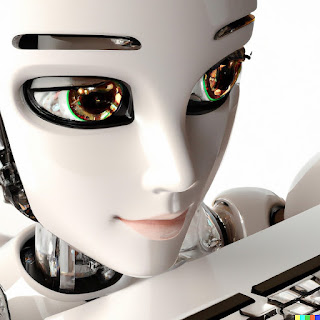Firstly, robots can be programmed with precise and consistent motor control, allowing them to execute shots with incredible accuracy and speed. Unlike humans, robots do not experience fatigue, ensuring that their performance remains consistent throughout the match.
Secondly, robots can analyze the game in real-time using sensors and cameras, adjusting their strategies and tactics based on the opponent's movements and shot patterns. This adaptive capability can give robots a strategic advantage over human players who may take time to adapt to changing conditions.
Furthermore, AI-powered robots can learn and improve over time through reinforcement learning algorithms. This means that with each game played, the robot can gather data and optimize its playing style, eventually developing techniques that exploit human weaknesses and capitalize on its own strengths.
However, it's important to note that while robots have significant advantages, human players possess certain intangible qualities that can impact the outcome. Humans are capable of improvisation, creativity, and emotional intelligence, which can make their playing style less predictable and more challenging for a robot to anticipate.
In summary, a robot could indeed beat a human in a game of table tennis due to its precise motor control, real-time analysis, adaptive learning, and consistent performance. While robots have technical advantages, human players bring unique qualities that can still provide them with a competitive edge. As technology continues to advance, the margin between human and robot performance in table tennis may narrow even further.
Photo: Pixabay (free)

No comments:
Post a Comment
Thanks for your comment.